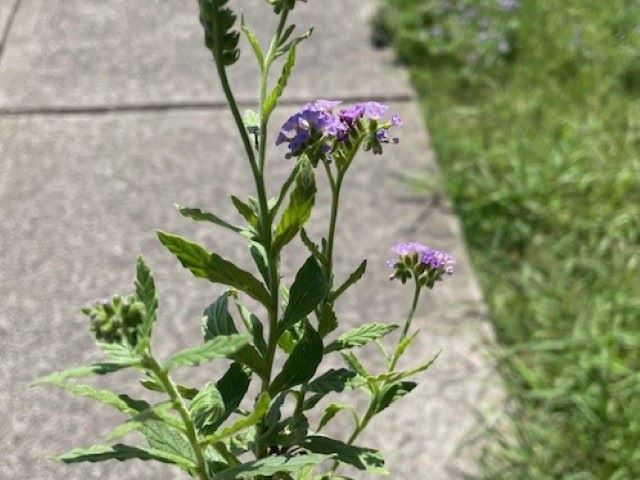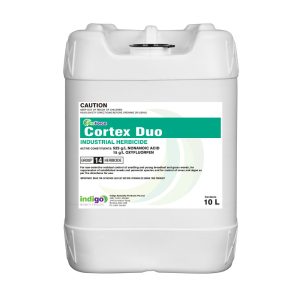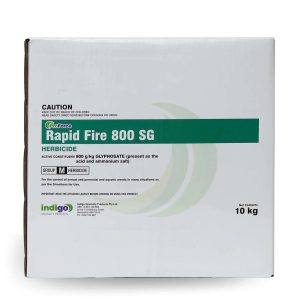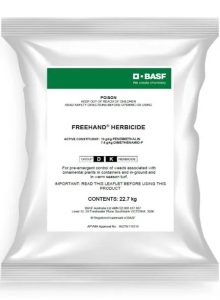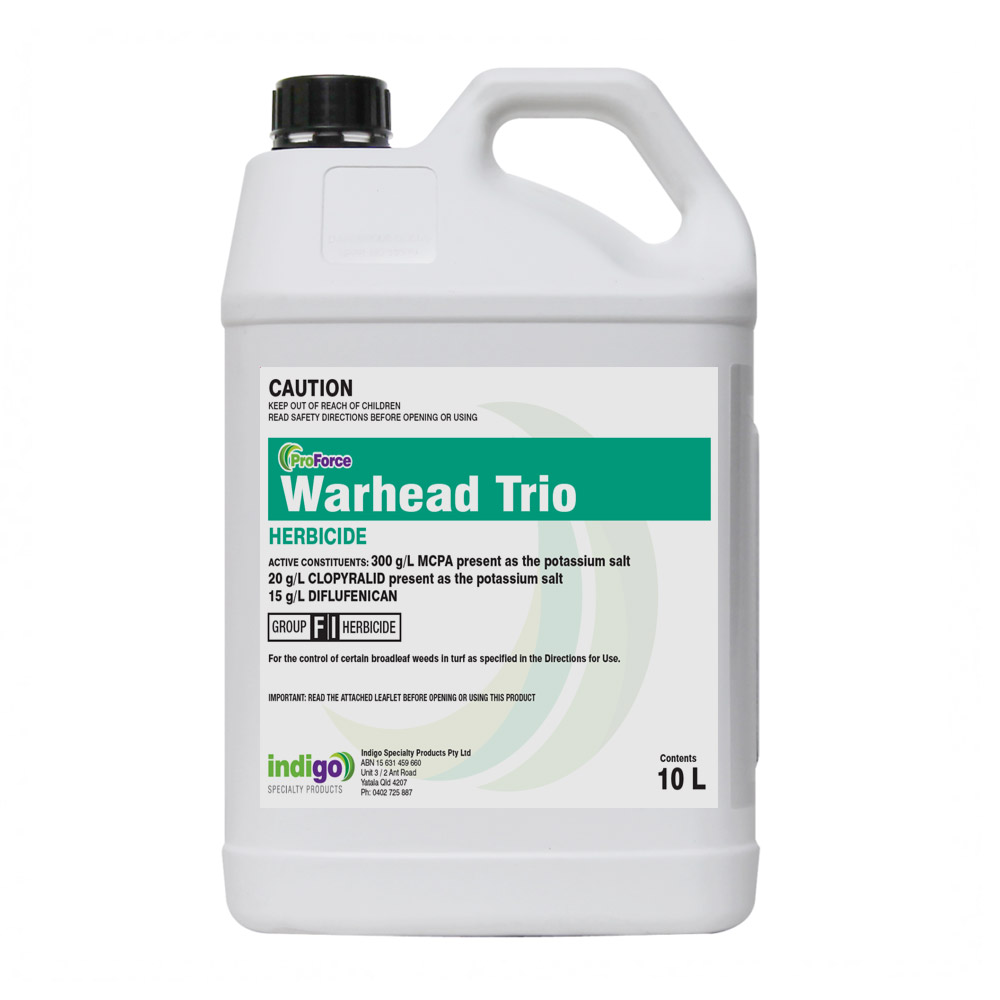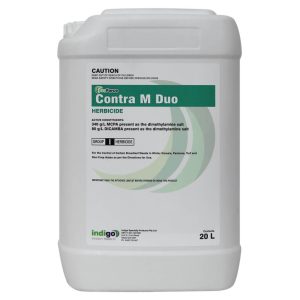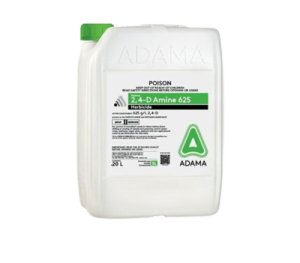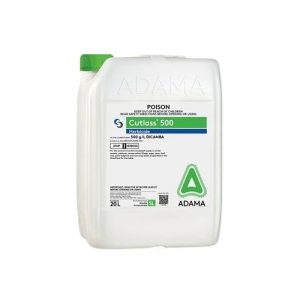Blue Heliotrope (Heliotropium amplexicaule).
Introduction.
Blue Heliotrope (Heliotropium amplexicaule), also known as Purpletop, is a Summer biennial weed. This weed is originally from South America, and has become a serious weed problem in grazing lands of the north of NSW, and the south of Queensland.
The distribution map is courtesy of the Living Atlas of Australia.
It is a spreading prostrate herb that has a deep root system. It grows to a maximum height of 60 cm.
After you read this, you will be able to:
- Identify this weed .
- Know the its habitat.
- Know the best options for Blue Heliotrope Control.
WARNING
- Purpletop is toxic to stock and humans.
- All parts of this weed contain high levels of alkaloids. These cause liver damage and potentially stock deaths.
- The weed is toxic both fresh and when it is dry.
- Animals tend to only graze this weed when they are hungry and other options scarce.
- Horses are the most susceptible.
- It is a declared noxious weed in 14 local areas of NSW.
Quick ID.
- It has small, mauve or purple flowers with yellow centres.
- Its flower stems have a distinctive coiled shape.
- The leaves are hairy, elongated and are a soft green colour with wavy edges.
- This perennial weed is a low-growing, and prostrate.
- It has a central, woody taproot.
- When you crush it, it has a strong, pungent smell.
Why is Blue Heliotrope a Problem Weed?
This weed is a problem because:
- It is very competitive and causes significant yield losses.
- It is very drought tolerant.
- This weed seeds when there is very little moisture present.
- Plants start to flower 2 to 3 months after the seedlings emerge.
- Under the right conditions it seeds almost all the year round.
- Its prostrate growth habit allows it to cover large areas to access any sunlight.
- Herbicides have had limited success in reducing this weed.
How to Identify Blue Heliotrope.
Category: This is a broadleaf (Dicot) weed.
Photosynthetic Pathway: Purpletop is a C3 Weed.
Flower: Purpletop flowers are blue to purple with yellow centres, and up to 6 mm across. They are at the end of coiled tips of the flower stems, and are held above the plant.
- Rainfall triggers plants to flower.
- However, flowering tends to start in November, and then continue through the Summer until March.
- It can flower several times over this period.
- In frost free areas it grows and flowers all through the year after it rains.
Height: It nomally grows to a height of 15 to 30 cm.
Leaf length: The leaves of Purpletop have a spear shape, and are a dull green colour.
Leaf Width: The leaves are 15 to 20 mm wide, and have a toothed leaf edge.
Leaf ID: This weed has hairs on its stem, and along its leaf edges.
Reproduction and Spread of Blue Heliotrope.
- Purpletop spreads by seed and root fragments.
- It spreads aggressively.
- Vegetative reproduction occurs via shoots from the lateral roots of the central taproot.
- It produces many sticky seeds that adhere to animals and machinery.
- This seed also washes along the soil surface and into waterways.
- The number of times it flowers in a season reduces in a drought but increases in wet Summers.
- Any buried seeds can remain viable for over a decade.
- If you don’t control this weed, it can develop vast seedbanks that have up to 50,000 seeds/m2.
- It takes many years for these seedbanks to fall.
- In a NSW field trial it took around 10 years for a seedbank to decline from around 50,000 to 1,500 seeds/ m2.
Comments:
- It is in the same family as Paterson’s curse. When it matures it has woody root stock.
- Plants can stay as rosettes for long periods in harsh conditions such as drought.
- The tap root of is up to 1 m long. This is the main reason it is so drought tolerant.
- Existing plants produce a flush of new growth in the Spring and the Autumn, and they then flower.
- In warmer areas, it may flower, and set seed even earlier than this.
- This weed is not frost tolerant.
- In areas like the ACT it tends to die off in Winter. It then regrows from its root system in the Spring.
Habitat of Blue Heliotrope.
You often see this weed along roadsides or in lawns, parks and gardens. It colonises disturbed areas and favours thin or bare ground or overgrazed pastures. It tolerates shade but not waterlogging.
More on lawn and turf grass weeds is in our weed ID chart.
Blue Heliotrope Control.
Cultural Control of Blue Heliotrope.
- It will not invade dense, well-managed turf areas.
- To prevent Purpletop maintain a vigorous, dense turf cover.
- Adopt good management practices like mowing at the right height and fertilizing you turf to help prevent this weed.
- Prevent thin and bare areas. Bare ground, favours weed invasion.
- Hand removal is difficult. It is not recommended unless there are only a few localised plants.
- As it can regrow from small root fragments, it means that you must remove all the plant material offsite.
The best time to hand remove plants is when the soil is moist. For best results:
- Grasp the stem as close to the base of the plant as you can.
- Move the plant from side to side and then gently tug. This will loosen the soil and free up the roots.
- If the stems break off from the taproot, use a sharp blade to help free the roots as you pull them out. You must remove the entire root system.
- Remove the plant, and shake off any soil.
- Bag off the plant and take it off site for disposal.
Biological Control.
In NSW work is ongoing looking at biological of this weed. The Blue Heliotrope leaf beetle, has shown promise, as has the flea beetle, which is now called the Blue Heliotrope Flea Beetle.
Chemical Control of Blue Heliotrope.
- This weed is difficult to control, and its hairy leaves limit herbicide uptake.
- Many herbicides only kill the top of the plant. It then re-shoots from the root system.
- Systemic herbicides do work well against it as they destroy its root system.
- As with all herbicides don’t spray this weed when it is under stress.
- The best time to spray is when it is actively growing and it is starting to flower.
Pre-Emergents For Blue Heliotrope.
We recommend the use of Pre-Emergents to help manage the seedbank. Products include:
- ProForce Onset 10GR.
- ProForce Battalia 435.
- BASF Freehand. Freehand gives weed control for up to 3 months.
Post-Emergent Herbicide.
- The best time to spray is in the Spring, when the plants are small.
- Try and rotate HRAC Groups.
- 2,4-D. This tends to burn the top of Purpletop but it then grows back.
- Contra M herbicide. Don’t use on Buffalo grass.
- MCPA.
- Dicamba. Don’t use on Buffalo grass.
Post-Emergent Herbicides for Blue Heliotrope
Foliar and Soil Options for Purpletop
NIS = Non ionic surfactant
Group = HRAC Group Chart
| Product | Active | Group | State | Rate/100 L | Comments |
|---|---|---|---|---|---|
| Tordon | Picloram + 2,4-D | 4 | NSW/QLD | 1 L | Apply to young actively growing plants |
| Grazon Xtra | Aminopyralid + picloram + triclopyr | 4+4+4 | All | 500 mL | Treat at flowering. Minimum spray volume of 1250 L/ha |
| Fightback | Picloram + triclopyr | 4+4 | NSW & QLD | 500 mL | Apply at flowering. Minimum volume of 1250 L/ha |
| Starane Advanced | Fluroxypyr | 4 | All | 600 mL | Apply at flowering |
| Dicamba 750 | Dicamba | 4 | All | 400 mL + NIS | Spray prior to flowering |
| Metsulfuron (MetForce) | Metsulfuron | 2 | NSW | 10 g + NIS | Permit 94283, which is valid until January 31, 2029. |
Alternative: 87 mL/15 L knapsack or 5.9 L/ha boom spray
Non Selective Control of Blue Heliotrope.
Non selective options include:
- Glufosinate provides control for 4 to 6 weeks. After this it tends to regrow due to the limited chemical movement.
- Glyphosate. You can use Glyphosate to control Purpletop but if water quality is an issue then use ProForce Manta Ray.
The following are non-selective but also have a long term residual and stop any re-growth.
- Renegade. Renegade stops germination for up to 12 months, and reduces the need for multiple herbicide applications.
- Numchuk Quad. This gives effective post and pre emergent Purpletop control for up to 12 months.
- Cortex Duo. Cortex Duo gives a rapid knockdown and residual control for up to 3 months. It is also safe to use around trees.
Table of Blue Heliotrope Non Selectives.
Product | Active Ingredient | Group | Use Rate/Ha |
Glufosinate 200 | Glufosinate-ammonium | 10 | 1 to 6 L |
Rapid Fire 800 | Glyphosate | 9 | 0.9 to 1.35 Kg |
Numchuk Quad | Terbuthylazine + Glyphosate + Amitrole Oxyfluorfen | 5 + 9 + 34 + 14 | 20 to 25 L |
Cortex Duo | Nonanoic Acid + Oxyfluorfen | 14 | 7 L/1000L |
Renegade | Bromacil | 5 | 3.5 to 6.5 Kg |
Management Calendar for Blue Heliotrope.
Management Calendar | ||||||||||||
Life cycle: Perennial | ||||||||||||
Jan | Feb | Mar | Apr | May | Jun | Jul | Aug | Sep | Oct | Nov | Dec | |
Cool Temperate | ||||||||||||
Seedling | ||||||||||||
Shoot Growth | Tops die off with frosts in cold areas. | |||||||||||
Flowering and Seeding | ||||||||||||
Hand Removal | ||||||||||||
Post Emergent | ||||||||||||
Warm Temperate and Sub Tropical | ||||||||||||
Seedling | ||||||||||||
Shoot Growth | ||||||||||||
Flowering and Seeding | ||||||||||||
Hand Removal | ||||||||||||
Post Emergent | ||||||||||||



